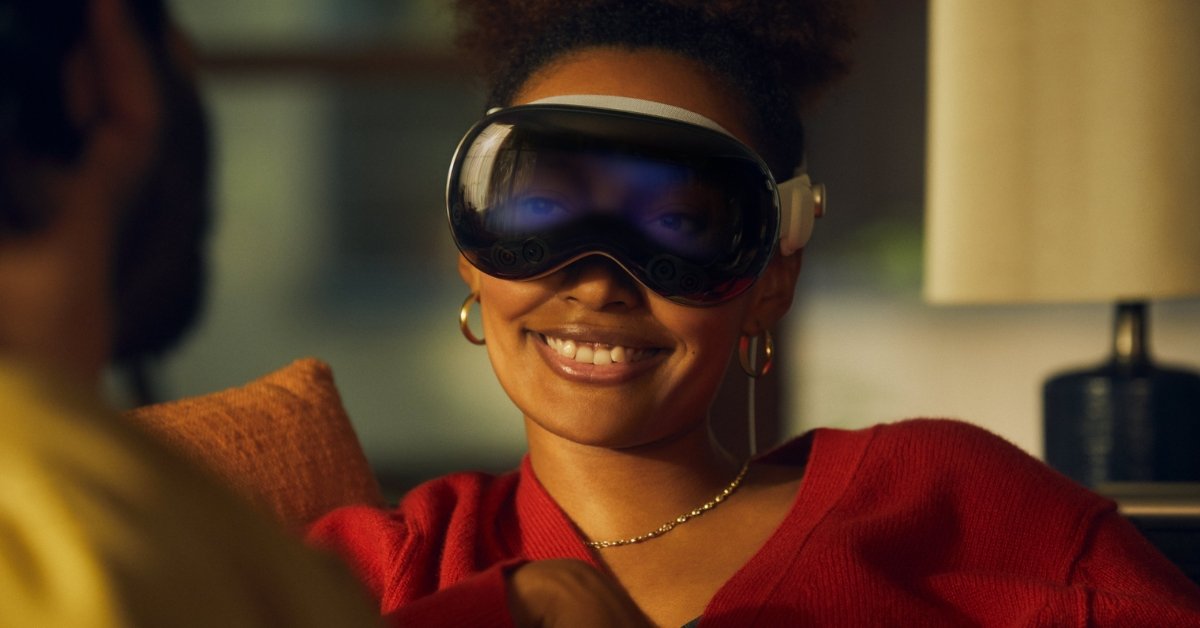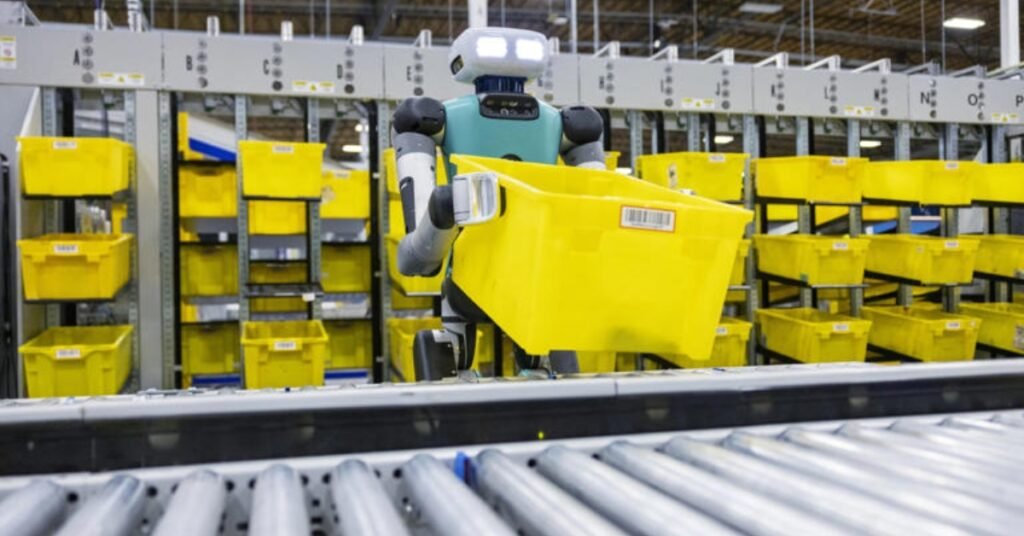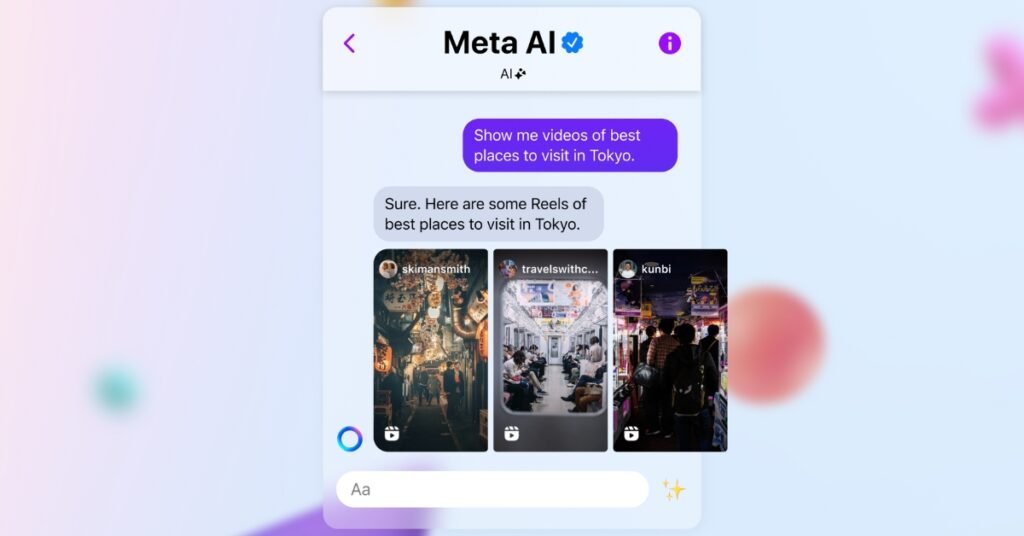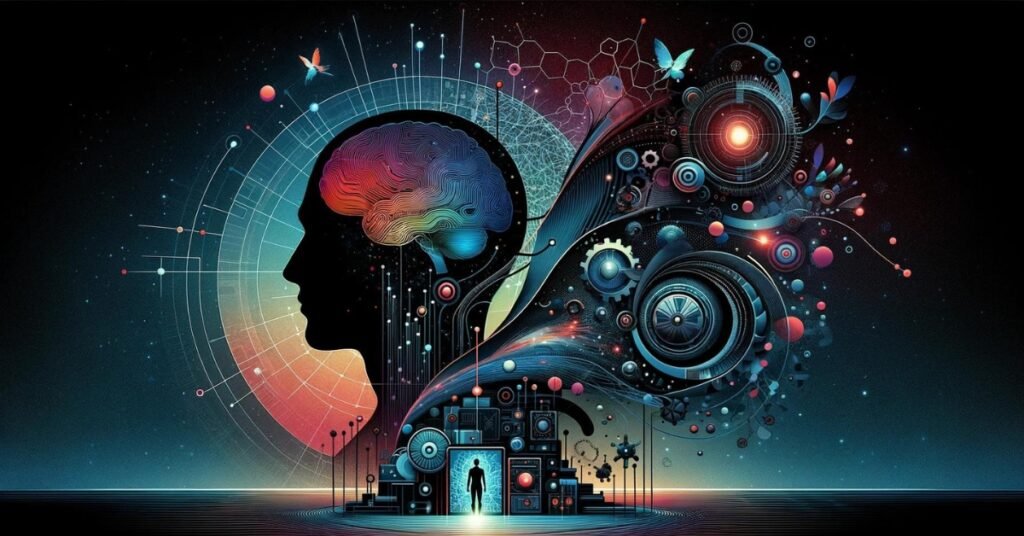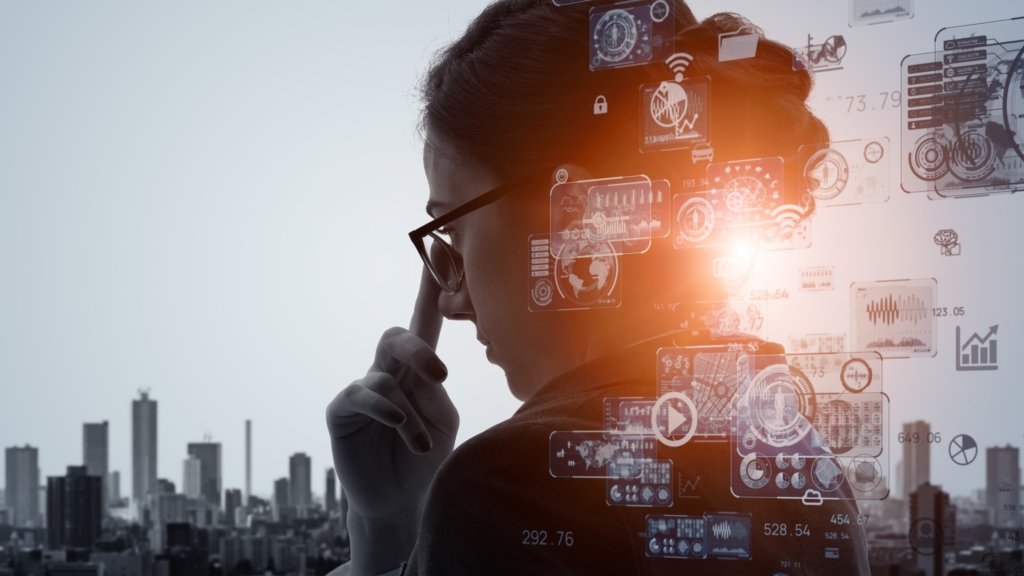Explore Apple Vision Pro’s and virtual reality’s impact on perception and society. Understand its benefits, potential brain effects, and ethical considerations.
Table of Contents
A Revolutionary Device Hits the Market
The tech community is abuzz over Apple’s latest gadget: the Vision Pro headset.
This technology is turning heads with its sleek design and impressive ability to make videos and sounds incredibly lifelike.
It even lets users control it through hand gestures, like something from a sci-fi movie.
Despite the excitement, a big question remains: What exactly is it for, and is it worth the steep $3,500 price tag?
What is New with the Vision Pro?
Apple’s Vision Pro and similar devices from Meta, like the Quest 3 and Quest Pro, introduce a “passthrough” video.
This means the headset can show you the real world and mix in virtual things—like Apple’s apps—right before your eyes.
It is as if they are hoping we will not just visit this mixed reality but choose to spend our lives in it.
Why We Should Pay Attention
This leap into a new kind of reality is not just cool; it might also mess with our brains in ways we have yet to understand fully.
Experts like Jeremy Bailenson from Stanford University are raising alarms.
If we spend too much time in these virtual worlds, our brains might start to change.
After we take the headset off, we might need help telling distances correctly or even see the real world differently.
Immediate Concerns
Even short stints in virtual reality can trick our brains into misjudging distances or seeing objects as bigger or smaller than they are.
Imagine trying to skateboard or drive with one of these headsets on—you might end up in bizarre situations.
The Long Haul
Wearing these headsets for days could make these issues much worse.
Researchers who tried it out ended up feeling sick and disoriented.
They found it hard to do normal things like pushing an elevator button or eating.
Over time, their brains adjusted, but then the real world looked odd to them.
Beyond the Tech: Social Side Effects
The “passthrough” feature might seem like a neat solution, blending the digital and real worlds.
However, it could make us feel more isolated from each other.
People may seem less real, more like characters in a video game.
This could make it hard for us to connect on a human level.
Losing Common Ground
Our individual experiences in these virtual worlds could make it harder for us to understand each other in the real world.
We are already struggling to find common ground in many areas of life.
If we all start seeing the world differently through our headsets, agreeing on anything could become even harder.
The Bigger Picture
The power to edit or erase parts of the real world in these virtual spaces raises some tough questions.
What does it mean if we can block out things—or people—we do not want to see? This form of erasure could have serious implications.
Moving Forward With Caution
As we enter this new era of virtual reality, we must consider where it leads us.
It is about more than just the cool things these devices can do.
It is about how they might change the way we see the world and interact with each other.
Researchers like Bailenson are urging a closer look at these technologies.
They are exciting, but we must be mindful of their impact on our lives and society.
In short, the Apple Vision Pro opens up thrilling possibilities for the future of entertainment and communication.
However, as we embrace these advancements, let us remember to occasionally take off the headset and ensure we are still grounded in the real world.
